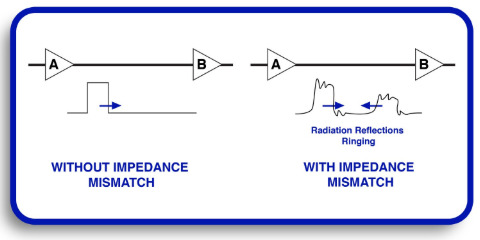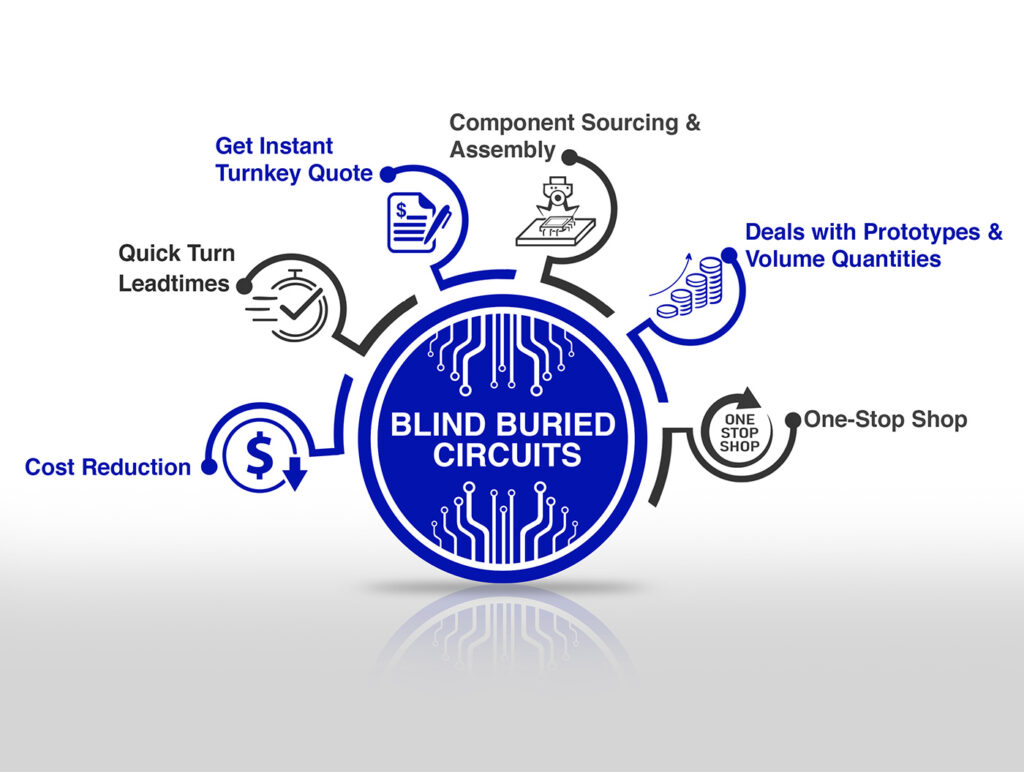Every electronic device relies on PCBs. All electronic components that make a gadget work find their way through and in them. With the advances in electronics, there is now a greater demand for faster and more reliable PCBs. In the pursuit of these goals, the importance of impedance control can now be understood. Impedance control in PCBs ensures that the signal carried through the board does not distort and become unstable during high-speed and high-frequency applications.
Understanding Impedance Control
Impedance is the opposition that a circuit offers to the flow of electrical current. Controlled impedance in PCBs means managing the resistance encountered by electrical signals as they travel through the board’s traces. Proper impedance control ensures that signals move efficiently without distortion or loss of quality.
Impedance control is crucial for maintaining device performance in applications such as telecommunications, automotive, and consumer electronics, where data transfer must be high-speed.
Why Is Impedance Control Crucial in PCBs?
Modern electronics require processing speeds to be faster and designs to be smaller. This has led to tighter component packing on PCB layouts. Impedance control is necessary for this kind of requirement. Here is why:
- Prevent Signal Distortion
High-speed signals are sensitive to impedance. If impedance is not regulated, signals may bounce back, causing distortion. Impedance control ensures that signals do not bounce back, maintaining the integrity of the data.

- Supports High-Frequency Applications
Signal loss and noise interference are possible at higher frequencies. Impedance control reduces these chances, making it essential for high-frequency circuits.

- Improves Signal Integrity
Signal integrity is essential to maintaining reliable communication between components. The controlled impedance ensures that the signal is transmitted without interference, increasing the device’s overall performance.

- Necessary for Matching Components
Traces interconnect resistors, capacitors, and microchips in a PCB. Impedance control ensures that these interconnections work in harmony without mismatched signals.
How Impedance Control Works
Impedance control is involved in the width, height, and spacing of the traces, as well as the type of material used. Here are some of the factors that determine impedance control:
- Trace Geometry
The width and thickness of a PCB’s trace determine its impedance. Wider traces determine lower impedance, while narrower traces determine higher impedance.
- Dielectric Material
The material between the PCB layers, known as the dielectric, impacts signal speed and impedance. High-quality materials help maintain consistent impedance.
- Trace Spacing
The distance between traces affects electromagnetic interference (EMI) and impedance. Proper spacing minimizes cross-talk between signals.
- Ground Planes
Adding ground planes below traces can help stabilize impedance by reducing signal interference.
Applications That Require Impedance Control
Impedance control is not required in every PCB but is essential in some cases, especially in those related to high-speed or high-frequency signals. The following are industries where impedance-controlled PCBs are used:
- Telecommunications
Devices such as routers and network switches are designed to handle vast data amounts at high speeds. In such devices, impedance control helps ensure that signals reach the destination correctly.
- Automotive Electronics
From advanced driver-assistance systems (ADAS) to in-car infotainment, automobile electronics require controlled impedance PCBs for reliability and safety in performance.
- Medical Devices
Impedance-controlled PCBs are used in medical equipment such as imaging devices and monitors. The PCB is used with precision and reliability.
- Consumer Electronics
Smartphones, laptops, and gaming consoles all depend on high-speed PCBs to carry out complicated operations efficiently.
- Aerospace and Defense
These applications need PCBs that can survive extreme conditions and maintain signal integrity.
Impedance Control and Fast PCB Manufacturing
At Blind Buried Circuits, we recognize that speed and quality are essential to our customers. We provide fast PCB manufacturing with tight impedance control so that your products will have high-performance capabilities. Here is how we do this:
- Advanced Design Tools
We apply state-of-the-art software during the design phase to compute and optimize impedance, ensuring precision right from the start.
- High-Quality Materials
We use high-grade dielectric materials in our manufacturing process to ensure consistent impedance and signal performance.
- Strict Testing
We subject each PCB we manufacture to rigorous testing to ensure impedance control and adherence to industry standards.
Common Issues in Impedance Control
While impedance is essential, it also involves some challenges. Here are a few common issues and how they’re addressed:
- Design Complexity
Modern PCBs often have multiple layers and complex layouts, which make impedance calculations more challenging.
Solution: Use the advanced simulation tools to model and adjust impedance during design.
- Material Variations
Inconsistent material can cause impedance variations.
Solution: Source high-quality, reliable materials from trusted suppliers.
- Tight Tolerances
Achieving precise impedance requires adhering to tight tolerances during manufacturing.
Solution: Invest in precision manufacturing equipment and skilled technicians.
Benefits of Working with Blind Buried Circuits
- When you choose Blind Buried Circuits for your PCB needs, you get:
- Fast PCB manufacturing: Quick turnaround times without compromising quality.
- Custom solutions: Tailored PCBs with precise impedance control to meet your unique requirements.
- Industry expertise: Decades of experience in delivering high-performance PCBs for various applications.
Key Factors in Impedance Control
| Factor | Description | Impact on Impedance |
| Trace Width | Determines resistance | Wider traces = Lower impedance |
| Dielectric Material | Affects signal speed | High-quality material = Stable impedance |
| Trace Spacing | Reduces electromagnetic interference | Proper spacing = Less cross-talk |
| Ground Planes | Stabilizes signals | Added planes = Better impedance control |





